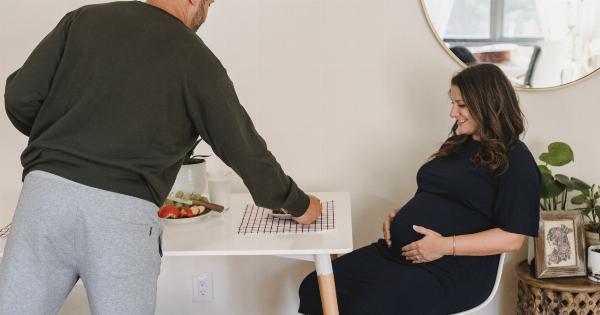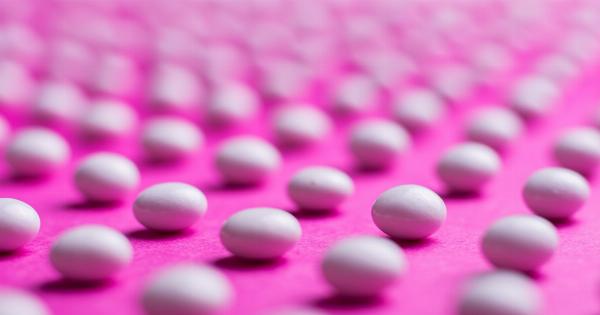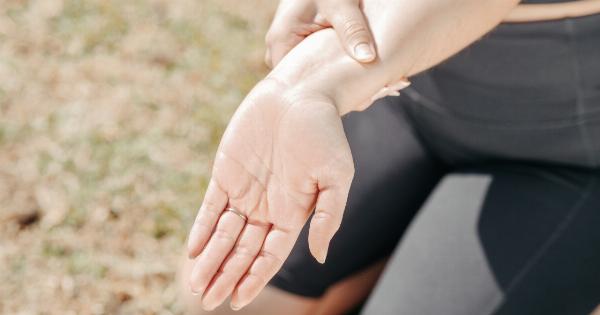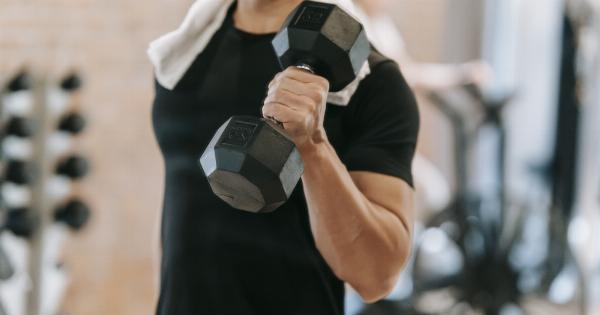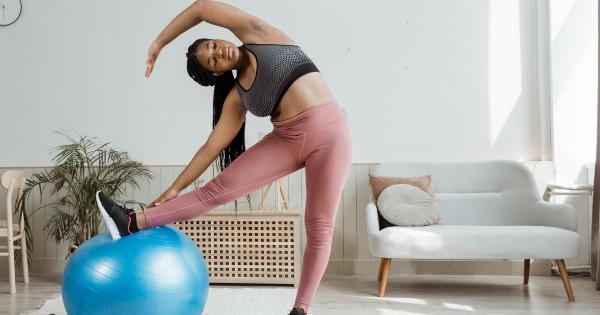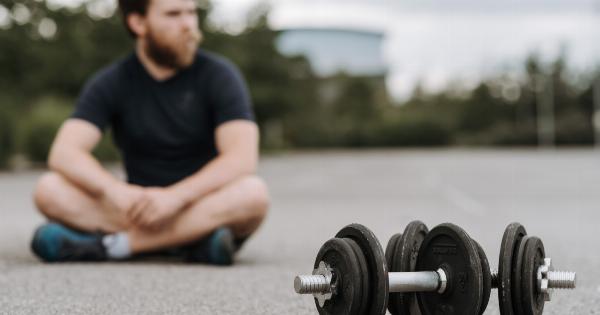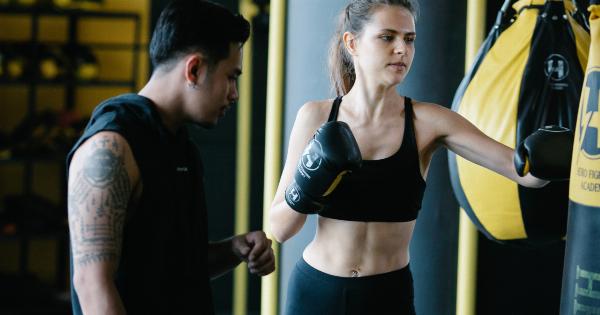Foam rolling is a popular self-myofascial release technique that helps in relieving muscle tightness, improving flexibility, and promoting relaxation.
This simple yet highly effective practice involves using a foam roller to massage and apply pressure to different parts of the body. Not only does it provide physical benefits, but it also aids in achieving a state of mental calmness and tranquility. In this article, we will explore six foam roller relaxation exercises that can help you find your zen.
1. Upper back roll
Begin by sitting on the floor with your legs extended in front of you. Place the foam roller horizontally behind you, just below your shoulder blades. Gently lie back onto the roller, supporting your head with your hands.
Bend your knees and plant your feet on the ground for stability.
Once in position, start rolling back and forth, allowing the foam roller to massage your upper back. Focus on any areas of tension or tightness, pausing and breathing deeply to release and relax those muscles.
Continue for one to two minutes, then slowly sit up and remove the foam roller.
2. IT band release
The IT (iliotibial) band is a thick band of fibrous tissue that runs along the outside of the thigh. It can often become tight and uncomfortable, leading to discomfort. This foam roller exercise can help release tension in the IT band.
Start by lying on your side with the foam roller positioned perpendicular to your body, just below your hip. Place your top leg in front of you for stability and support.
Using your hands, gently lift your upper body off the ground and support your weight with your forearm.
Begin rolling from just below the hip down to just above the knee. Go slowly and pay attention to any trigger points or areas of discomfort. Whenever you find a tight spot, pause and take some deep breaths to help release the tension.
Repeat on the other side.
3. Hamstring and calf release
Sitting for extended periods or engaging in intense physical activities can lead to tight hamstrings and calf muscles. This foam roller exercise can be beneficial in loosening these muscles and promoting relaxation.
Sit on the floor with your legs extended in front of you. Place the foam roller horizontally under your thighs, just above your knees. Place your hands behind you for support. Lift your hips off the ground and shift your weight onto the foam roller.
Begin rolling back and forth, focusing on your hamstrings and calves. Pause and breathe deeply whenever you encounter a tight or tender area. Continue for one to two minutes, then release your weight from the roller and rest for a moment.
4. Lower back release
The lower back is a common area of tension and discomfort for many individuals. This foam roller exercise can help alleviate tightness and promote relaxation in this region.
Lie on your back with your knees bent and feet flat on the ground. Place the foam roller horizontally beneath your lower back. Gently lift your hips off the ground and shift your weight onto the roller.
Start rolling back and forth, allowing the foam roller to massage your lower back. Take deep breaths and focus on releasing any tension or tightness you feel. Adjust the position of the foam roller as needed to target different areas of the lower back.
Continue for one to two minutes, then slowly lower your hips back to the ground and remove the foam roller.
5. Chest and shoulder opener
Poor posture, extended periods of sitting, and stress can lead to tightness in the chest and shoulders. This foam roller exercise can help open up these areas and induce a sense of relaxation.
Lie face down on the floor with the foam roller positioned horizontally beneath your chest. Support your upper body with your forearms and extend your legs behind you with your toes touching the ground.
Begin rolling back and forth, focusing on your chest and shoulders. Take deep breaths and imagine tension releasing with each exhale. If you encounter any particularly tight or tender areas, pause and hold for a few seconds before continuing.
After one to two minutes, slowly lift your upper body off the foam roller and come to a seated position.
6. Neck and upper back release
Many individuals experience tension and tightness in the neck and upper back due to factors like stress, poor posture, or long hours of sitting at a desk.
This foam roller exercise can help relieve these discomforts and promote relaxation in these areas.
Begin by sitting on the floor with your legs extended in front of you. Place the foam roller vertically behind you, aligned with your spine. Slowly lie back on the roller, supporting your head with your hands.
Once in position, start rolling gently up and down, focusing on your neck and upper back. Breathe deeply and allow the foam roller to massage any tense or tight areas. You can adjust the pressure by shifting your weight or bending your knees.
Continue rolling for one to two minutes, then slowly sit up and remove the foam roller.






